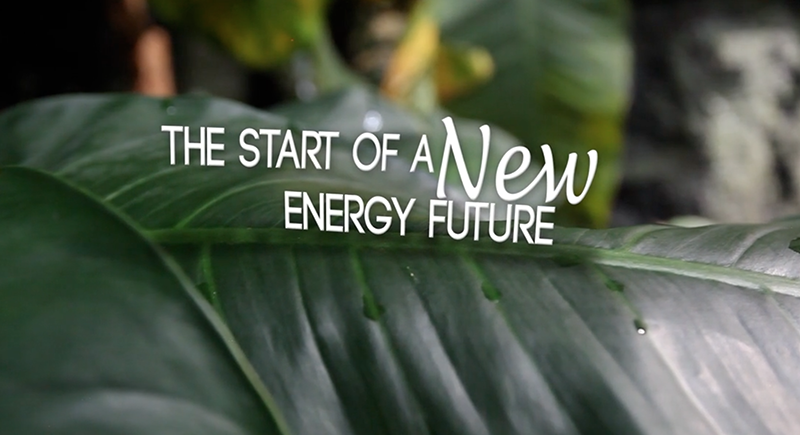If you haven’t read Richard Martin’s piece “The Dubious Problem of Bioenergy and Carbon Capture” in the MIT Technology Review, I recommend you find some time to do so. The title alone may cause discomfort, setting you up for a defensive read. But take heart, the targeted scope of Martin’s discussion of only bioenergy plus carbon capture and storage (BECCS) leaves out much of the burgeoning research and commercialization efforts of the solar fuels community.
Smart, knowledgeable people have made technology projections since the beginning of time, using the best facts and research available to them. Based on what we know today, Martin’s points are certainly sensible. However, how can we take breakthroughs into account in one’s projections and calculations? The definition of a “breakthrough” is a sudden (perhaps unpredicted) discovery of great importance, and sometimes we just don’t know what might happen. Take something as ubiquitous today as cars:
“The actual building of roads devoted to motor cars is not for the near future, in spite of many rumors to that effect.” Harper’s Weekly (1902)
“That the automobile has practically reached the limit of its development is suggested by the fact that during the past year no improvements of a radical nature have been introduced.” Scientific American (1909)
We can find many other examples of where the staying power of a technology or breakthroughs allowing for mass adoption (or pivoting) were simply impossible to predict.
Martin’s piece concludes that widespread implementation of biomass as a carbon neutral energy solution is flawed, and that biomass technologies are not going to be able to solve the CO2 issue. Acknowledging that the CO2 captured from the atmosphere by plants is the only CO2 emitted upon combustion, Martin points out that the CO2 costs of cultivation, harvesting, and transportation to the power plant are not offset. Additionally, he directs readers to the termination of two major efforts at developing BECCS plants.
Early in the article Martin brings up some very interesting points. First, negative emissions are essential to achieving the goals of the Paris agreement. Second, 101 of the 116 scenarios put forth by the IPCC include some form of negative emissions. While the majority of carbon capture technologies are currently focused on capture and storage, there are some emerging technologies looking at carbon capture and utilization, instead of storing the CO2 in underground “aquifers,” as proposed by Martin, the CO2 is converted into a commodity chemical or a fuel. In June Roman Kilisek discussed “storage vs utilization” in a piece for Breaking Energy, and it does a good job of discussing the differences between the two technologies an where they both were in early/mid 2015.
Carbon utilization is essential to successfully reducing CO2 concentrations in the atmosphere. Creating a market where CO2 is regarded as a feedstock rather than waste is imperative to moving beyond carbon neutrality.
Chemists, biologists, microbial chemists, and engineers all have major roles to play in moving us into a carbon negative world. While there is currently not a single technology that can save the world, there are many that are already creating and capturing value for entrepreneurs. As the market for CO2 solutions becomes more mature and robust, exciting technologies will become competitive. Limiting our view to current industrial scale solutions leave out the innovation, market adoption process.
Bill Gates, another smart person of our time, believes that solar fuels is indeed in our future. We don’t know who will be right in the end, but we do know that researchers and innovators around the globe are discovering new science and creating exciting innovations in this space at speeds never before seen in history. For that, we remain optimistic.

